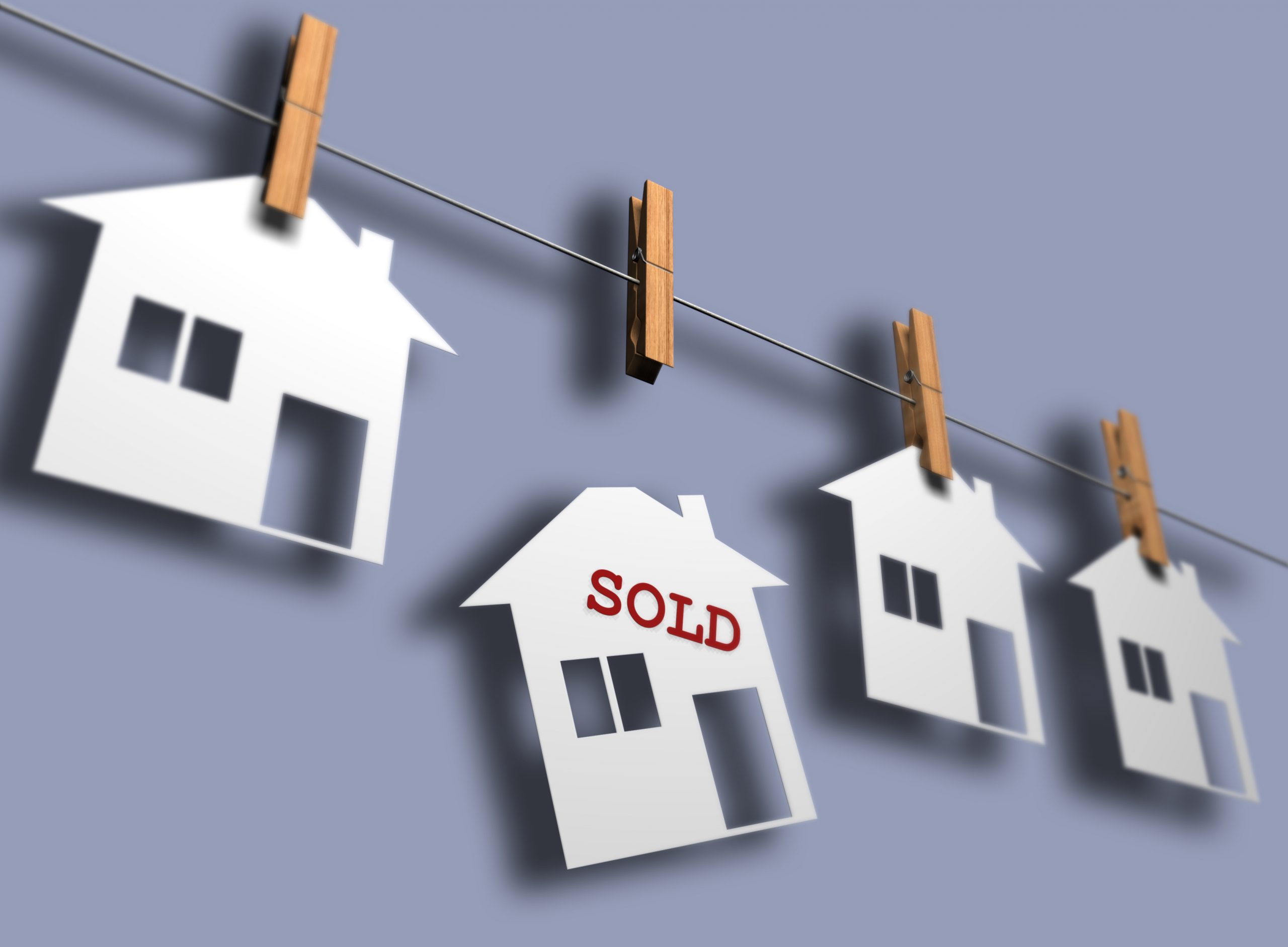The comparison method for the valuation of real estate is one of the most used. Find out how to carry out a real estate appraisal using this method. We give you an example of a comparison model in property valuation that should not be followed and what to take into account when calculating homogenization coefficients.
What is the valuation of a property?
The valuation (or appraisal) of a property is the estimation of the market value of said property, on the date the valuation is made, made by an expert in the real estate market.
The valuations of real estate are carried out in accordance with the parameters established in Order ECO 805/2003 of March 27, on rules of valuation of real estate and certain rights for certain financial purposes, published in the BOE of April 9, 2003. Amended by Order EHA/3011/2007, of 4 October, published in the B.O.E. of 17 October 2007 and EHA/564/2008, of 28 February, published in the B.O.E. of 5 March 2008.
What methods are used to value a property?
The two most used real estate appraisal systems are:
- Replacement Cost Method in property appraisal: It is an analytical technique that allows to determine the Replacement Cost or Replacement Cost, Gross or Net of any type of building, or part of it, that is in the project, construction, rehabilitation or finished phase.
- Method of comparison in property appraisal: It is based on the principle of substitution or functional equivalence, according to which the value of a property is equivalent to that of other assets of similar characteristics that can be considered substitutes for it.It is a direct method of obtaining the Market Value by synthesizing the market prices of other similar, comparable or functionally equivalent properties.
How is a real estate appraisal carried out using the comparison method?
When an appraisal is requested, a professional should be sought for the performance of the work.
The appraiser, the first thing he Tips With MELBOURNE PROPERTY VALUATION does is analyze the documentation of the property:he usually asks for a simple note from the property registry to verify that the information provided by the interested party coincides with the information that is registered, reviews the deed of the property and compares the data with the cadastre and the corresponding municipal urbanism.
After the previous analysis of the documentation, make a visit to the property to see the state of it,the interior qualities, the existing equipment in the building (in the case of being a flat or commercial premises), the environment, etc.
After the visit to the property you must look for a series of equivalent witnesses,as close as possible to the property, to be able to compare them.
In order to obtain the real estate valuation by comparison, it is very important to correctly apply the homogenization coefficients between the property to be valued and the witnesses.
An example of appraisal with a comparison model are the websites of different banks that uploading a series of basic data gives us the valuation of a property. These valuations lack credibility, since the bank itself, when granting a mortgage loan, will require the appraisal of an expert professional. The error in the valuation of these websites is that they simply take data from different real estate portals and calculate an average, disregarding the state of the property, the possible overprice of the property in the real estate portal and many other factors that the expert will not despise. It is estimated that the error in the valuation is around 30-40%.
How are homogenization coefficients calculated?
There is no analytical method to determine the homogenization coefficients, rather it depends on the experience of the expert in the real estate market and the influence of these parameters depending on the property.

